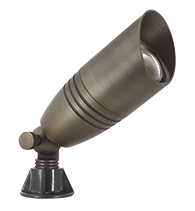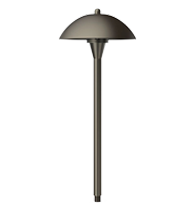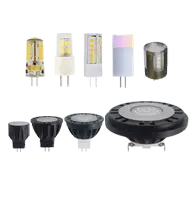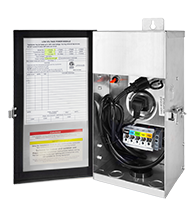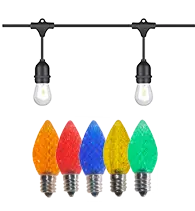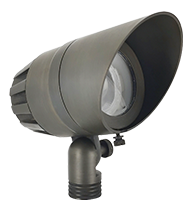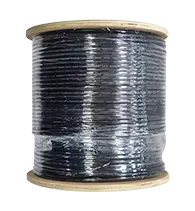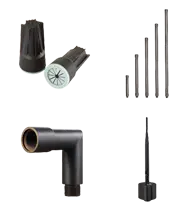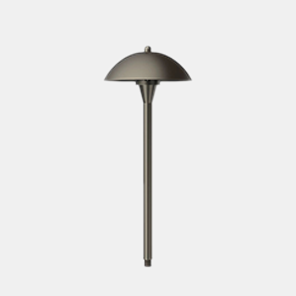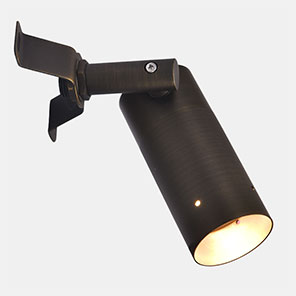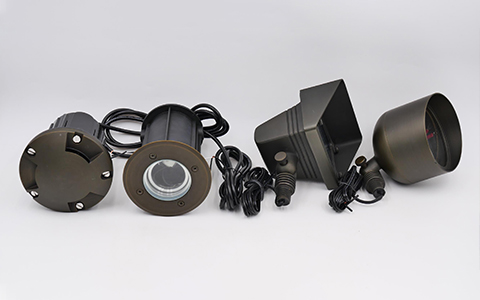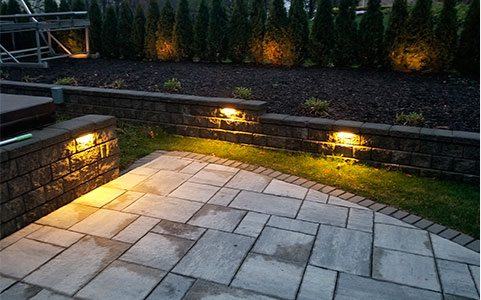When it comes to illuminating the exteriors of our homes, the choice of outdoor lighting fixtures can significantly impact both aesthetics and functionality. The materials used in these fixtures play a crucial role in their durability, weather resistance, and visual appeal. This comprehensive guide synthesizes insights from various authoritative sources to help you make an informed decision.
Bronze: A Time-Tested Material
Bronze, an alloy of copper, tin, and nickel, has been valued for over 5,000 years for its strength and resistance to corrosion. It forms a protective patina as it oxidizes, enhancing its appeal over time.
Brass: A Durable and Attractive Choice
Brass, a copper-zinc alloy, is renowned for its durability and ability to withstand weather fluctuations. It develops a patina over time, which many find appealing. The malleability of brass allows for intricate designs, and its relatively low density makes it a favorite among manufacturers and consumers alike. Lutou Technology's product line features a variety of brass lighting fixtures, each crafted for enduring beauty.
Stainless Steel: Modern and Corrosion-Resistant
Stainless steel, an iron-chromium alloy, is known for its shiny, modern appearance and corrosion resistance. While it requires regular polishing to maintain its luster outdoors, electro-polish finishes can help prevent weather-related discoloration. However, in high-humidity areas, stainless steel may be less ideal due to the need for frequent cleaning to prevent corrosion.
Aluminum Alloy: Lightweight and cost-effective
Aluminum alloy offers excellent corrosion resistance, making it ideal for humid or salty environments. Its superior thermal conductivity helps extend the life of LED lights. This material is easy to process, allowing for intricate shapes and designs. However, it is prone to surface scratches and wear. Lutou Technology's Landscape line utilizes die-cast aluminum, providing high-quality landscape lights with various finishes. These lights ensure longevity and low maintenance while preventing accidental damage.
Plastic: Inexpensive but Less Durable
Plastic fixtures are the most affordable option but are also the least durable. They are easily damaged by weather, leading to a short lifespan and higher long-term replacement costs. Plastic is also chemically inert, making it difficult to recycle and contributing to environmental concerns.
Conclusion
Choosing the right material for outdoor lighting fixtures involves balancing cost, durability, maintenance, and visual appeal. Bronze and brass stand out as premium materials that offer both beauty and resilience, ensuring that your outdoor lighting remains impressive for years to come. For those seeking a more budget-friendly option, stainless steel and aluminum may be considered, with the understanding that they require more maintenance. Plastic, while the most affordable, is not recommended for those prioritizing durability and environmental sustainability. Copper, with its natural corrosion resistance, offers a high-quality alternative for long-lasting fixtures.

